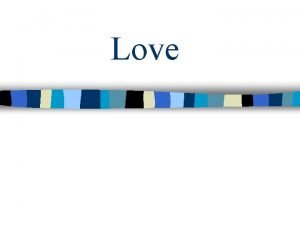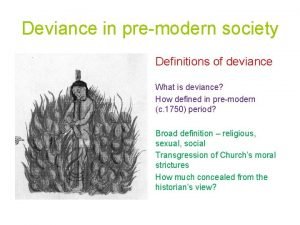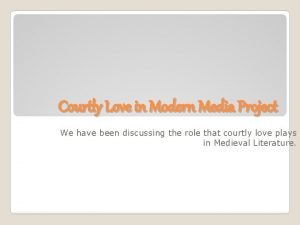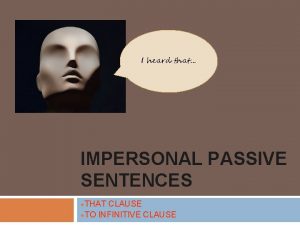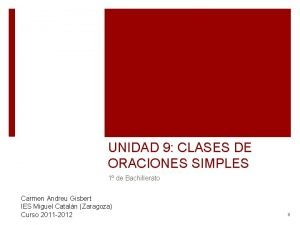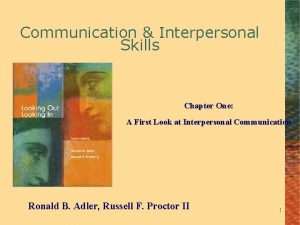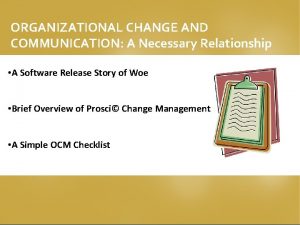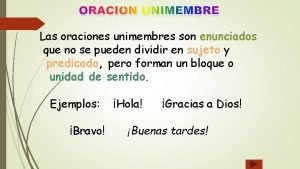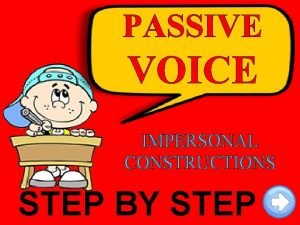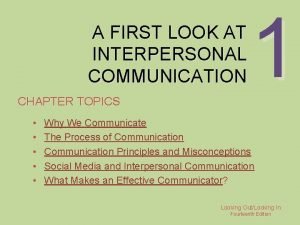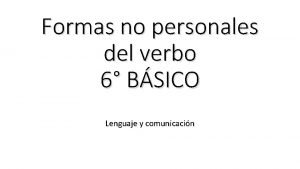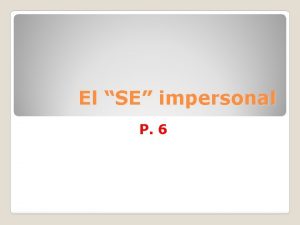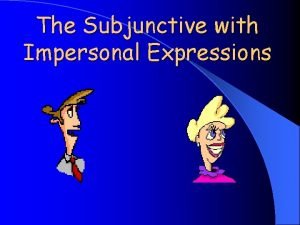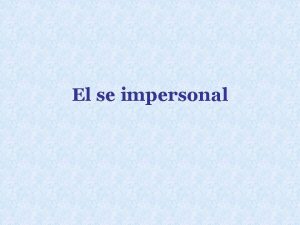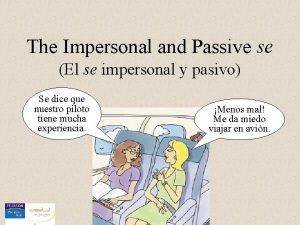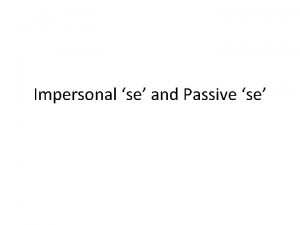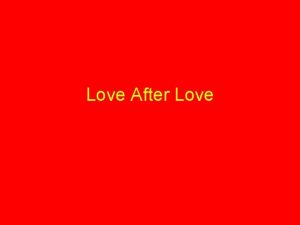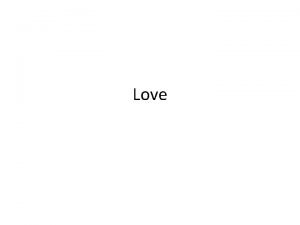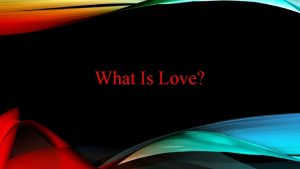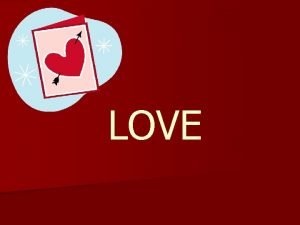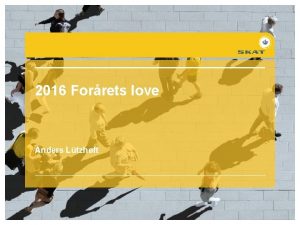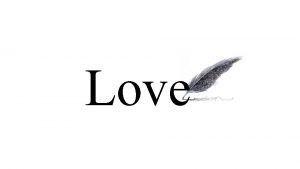Love Love in Modern Society An Impersonal Society


















- Slides: 18

Love

Love in Modern Society An Impersonal Society exaggerates the rational and economic aspects of human and tends to ignore people’s need for affection and human conduct (p. 102). Placing a greater value on achievement and consumerism than on attitudes and behaviors necessary to maintain long-term loving relationships The Paradox

4 Things Love “Isn’t” Martyring: Manipulating: Limerence: Romanticizing:

Love: A deep and vital emotion that satisfies important and significant human needs, coupled with caring for and acceptance of the beloved, resulting in an intimate relationship

Need Satisfaction (Crosby) Legitimate Needs: Illegitimate:

Intimacy: The capacity to share one’s inner self and to commit to that person even if it involves personal sacrifice Two Kinds

Triangular Theory (Sternberg) Three “Components” of Love

Love Types 1. EROS 2. STORGE 3. LUDUS 4. AGAPE 5. PRAGMA 6. MANIA (Lee)

Relationship Types (Crosby) A-Frame H-Frame M-Frame

Labeling Love (Schacter) Emotional experience consists of 2 parts

Love Stories (Stenberg)

4 Stage Model of “How Love Progresses” (Goldstine & Weiner) Falling in Love 2. Disappointment 3. Requests for Change 4. Acceptance/Resolution 1.

Wheel of Love (Reiss) 1. Rapport 4. Personality need Fulfillment 2. Self-Revelation 3. Mutual Dependence

Wheel of Love (Reiss) Sociocultural background Role Concept

Love Vs. Friendship (Davis & Todd) Prototype of Friendship 1. Enjoyment 2. Acceptance 3. Trust 4. Respect 5. Mutual Acceptance 6. Confiding 7. Understanding 8. Spontaneity

Love Vs. Friendship (Davis & Todd) Involves all the Friendship characteristics as well as two broad clusters:

Self-Worth (i. e. , self-esteem) and the ability to be loved Refers to one’s self-concept: involving the feelings that people have about their own value (p. 110) The Six “Pillars” or practice of building self-worth (Branden) 1. Live consciously (default vs. knowledgably) 2. Self-acceptance 3. Self-responsibility 4. Self-assertiveness -- honoring our wants, needs, & values 5. Live purposefully -- set attainable goals & reach them 6. Personal integrity -- congruent behaviors

Misconceptions of Love 1. 2. 3. 4. 5. Love conquers all; if the relationship is tough, than you have the wrong partner Love is static; once you fall in love, you get on a high and stay there If it isn’t perfect, it wasn’t meant to be You can’t rekindle passion; once love dies, you can’t get it back There’s one true soul mate; if you meet the “right one”, you will live happily ever after.
 Love in modern society
Love in modern society Courtly love vs modern love
Courtly love vs modern love Love love jesus is love god greatest gift lyrics
Love love jesus is love god greatest gift lyrics Pre-modern society
Pre-modern society Courtly love in modern movies
Courtly love in modern movies Gertler econ
Gertler econ Impersonal gramaticalizada
Impersonal gramaticalizada Passive complex sentences
Passive complex sentences Oraciones transitivas
Oraciones transitivas What is paradigms in hci
What is paradigms in hci Qualitative interpersonal communication
Qualitative interpersonal communication Impersonal
Impersonal Impersonal contract meaning
Impersonal contract meaning Las oraciones unimembres tienen
Las oraciones unimembres tienen Passive voice impersonal
Passive voice impersonal Impersonal communication
Impersonal communication Forma impersonal del verbo
Forma impersonal del verbo Conclusion of pronoun
Conclusion of pronoun Lesson 4: el se impersonal
Lesson 4: el se impersonal
